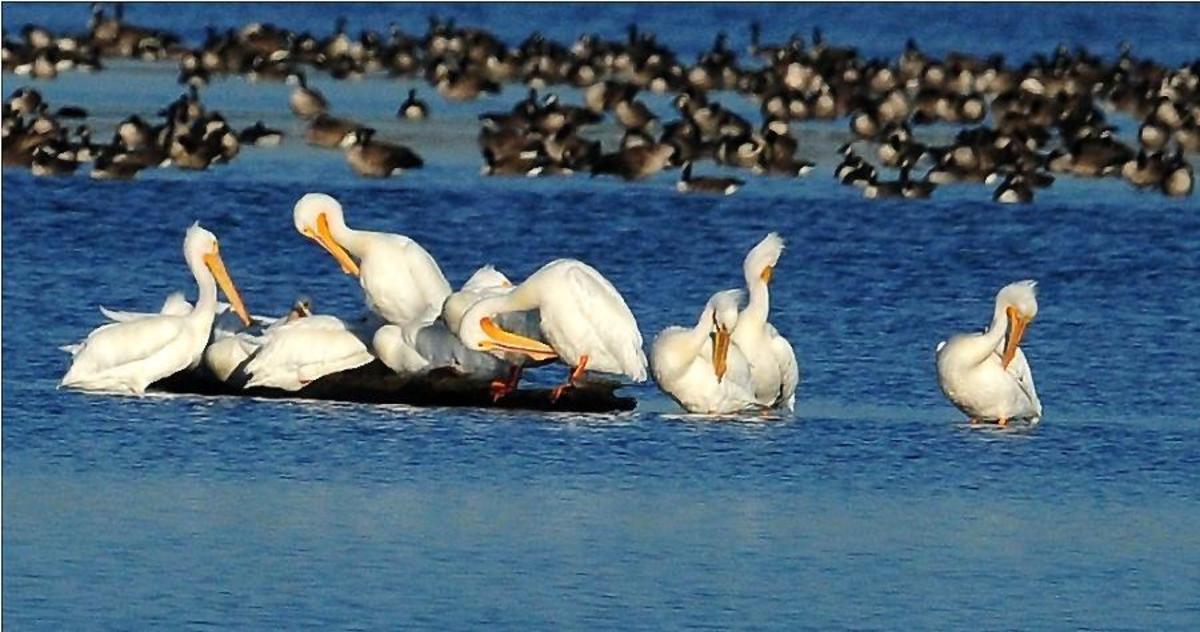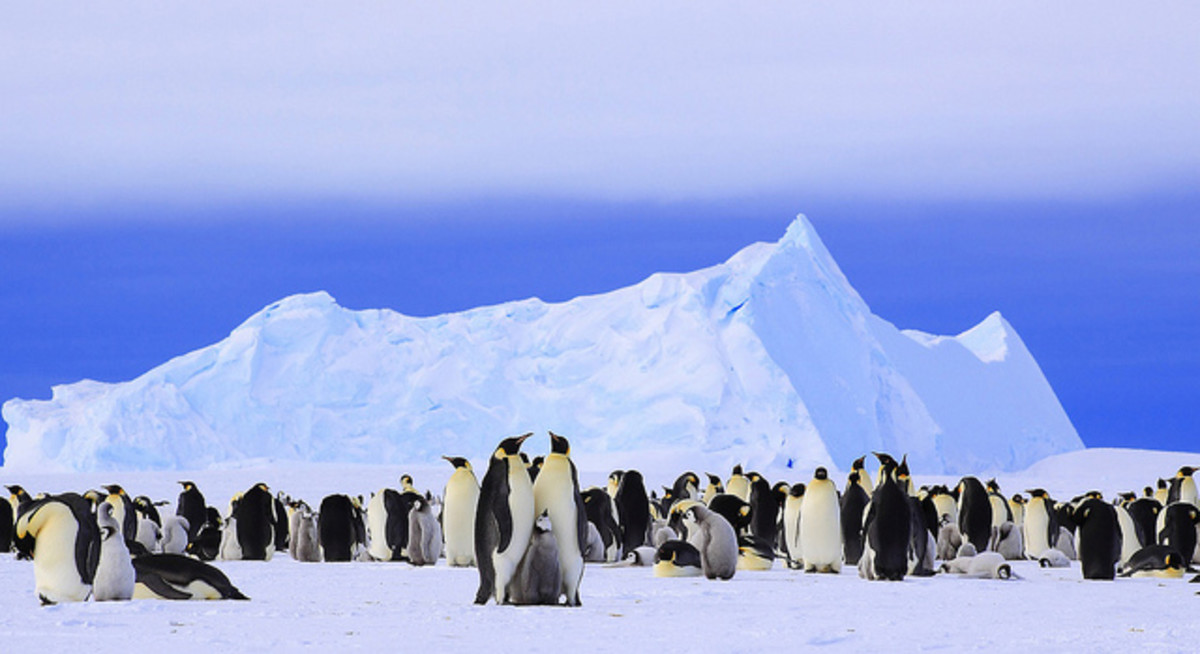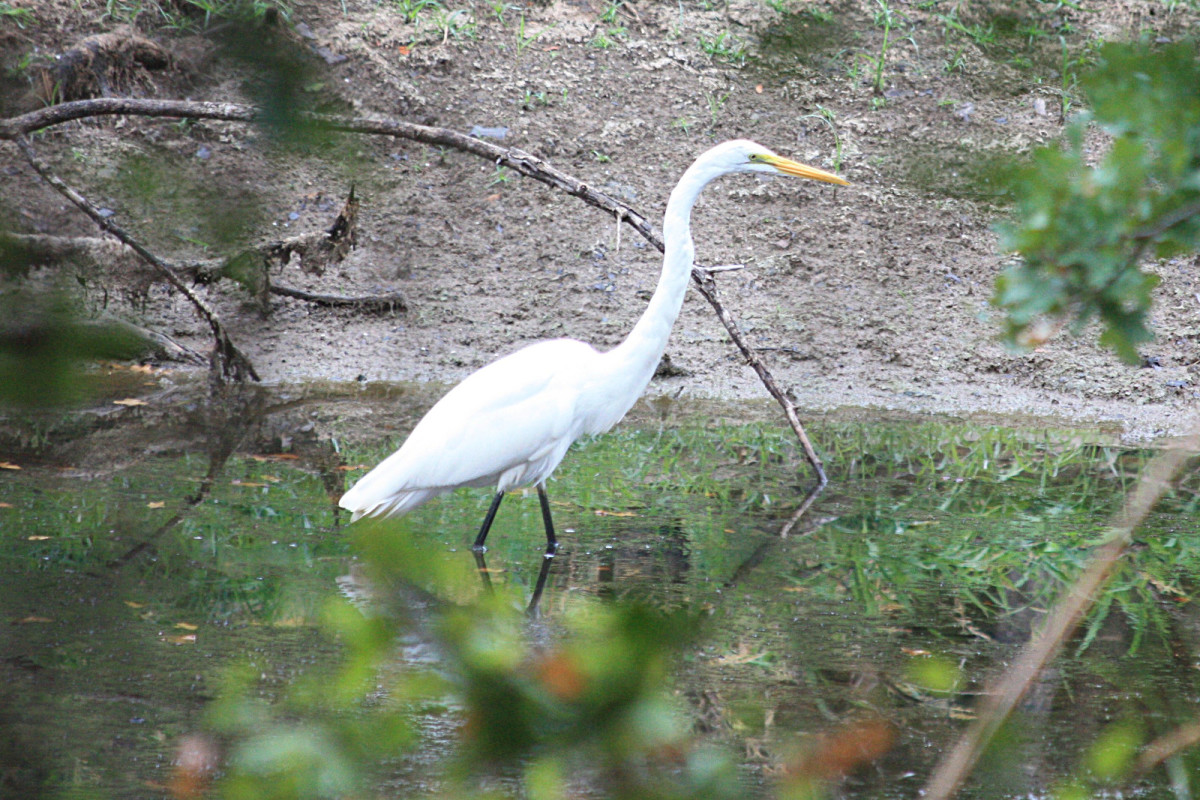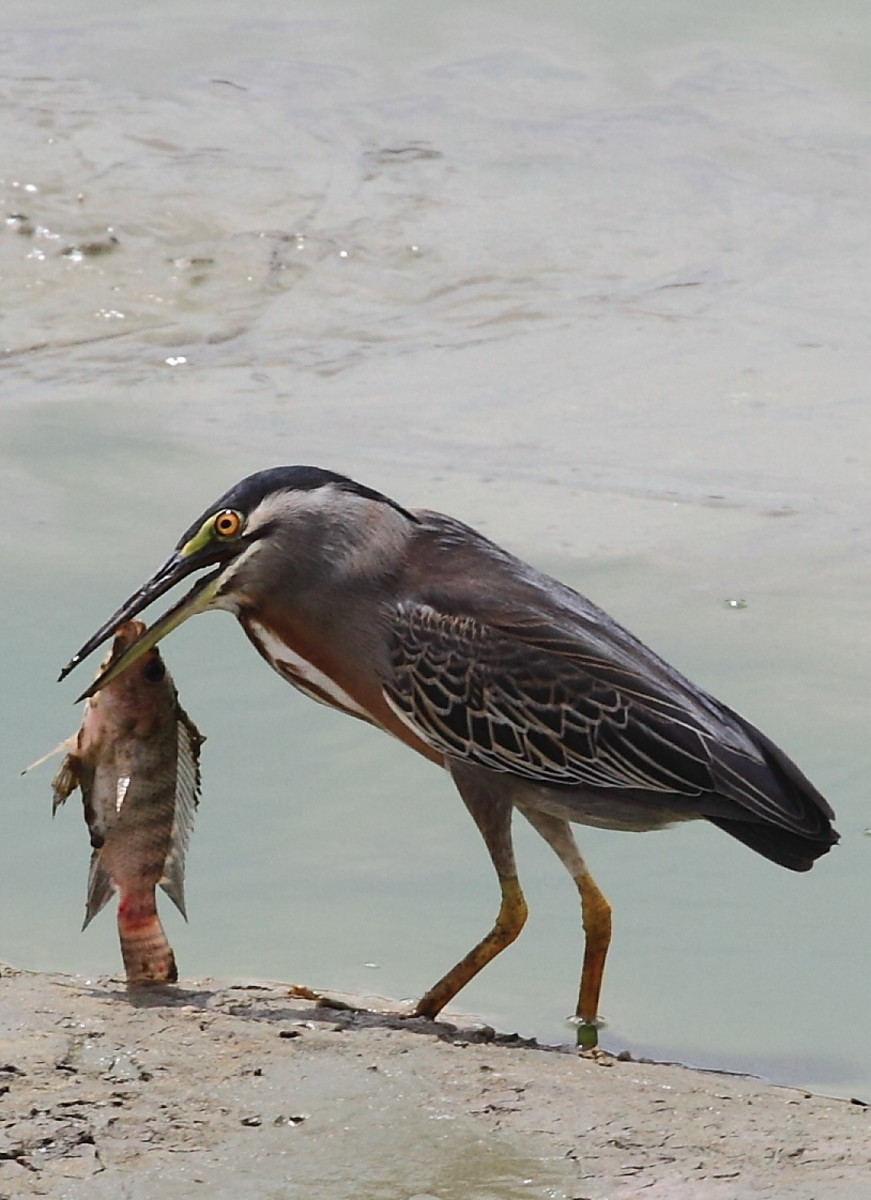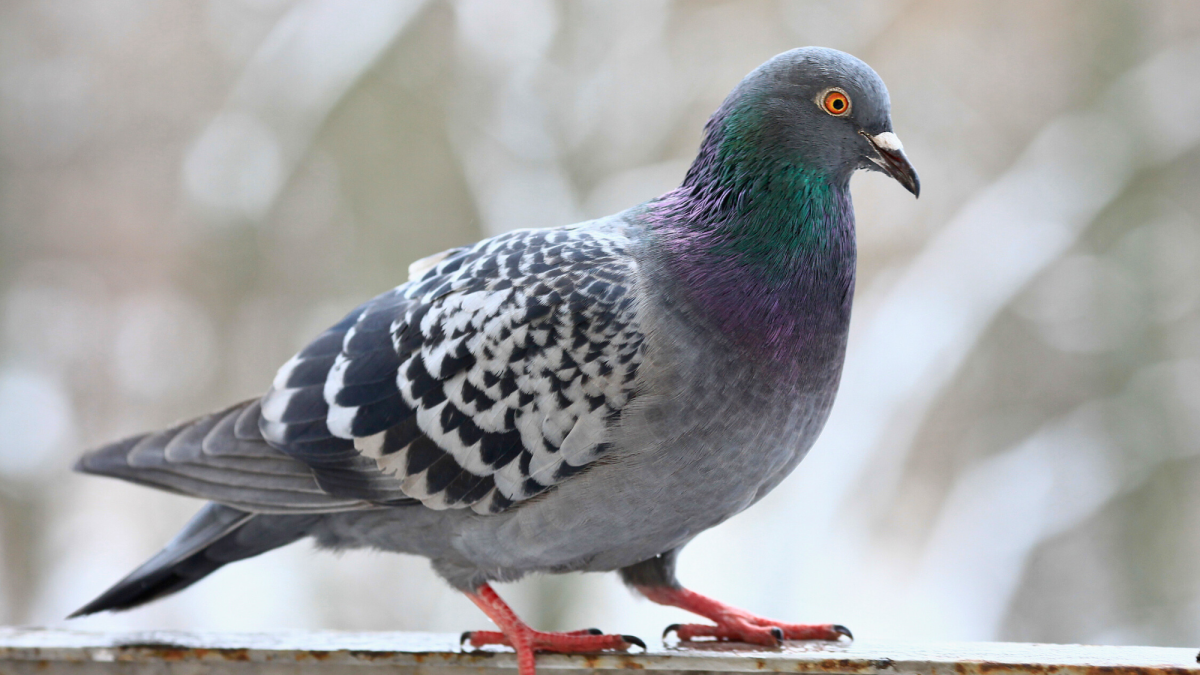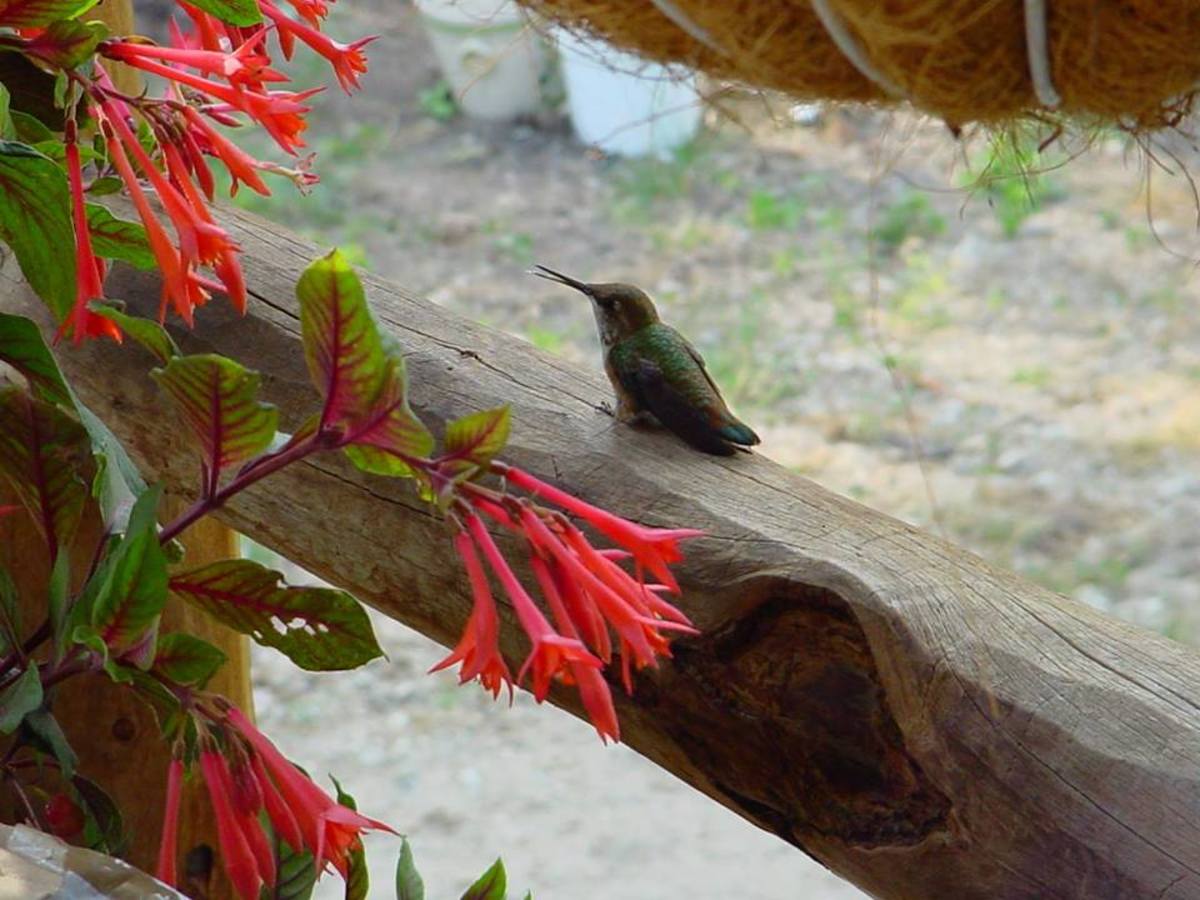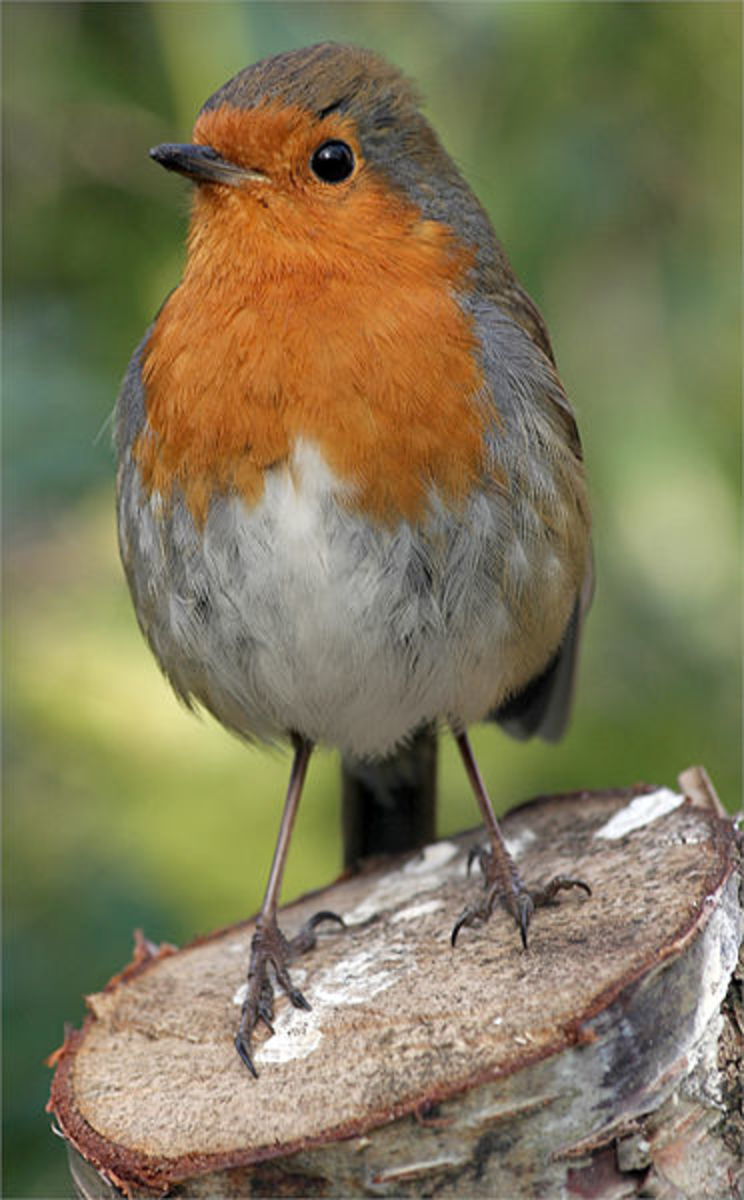The Eastern Great Egret: White Water Bird

In the marshy parkland near my home, where I walk every day, a stunning white egret has been making a daily appearance, much to the delight of the regular park users.
This particular bird is very friendly, apparently completely unconcerned by our human presence and indeed, seems almost to 'show-off', adopting elegant postures and flexing his extraordinary, long neck for the benefit of onlookers.
Before his arrival, I'd never been so up close and personal with a wild bird before, so I took the opportunity to snap some photographs and very photogenic he was too - his pictures are included this article, along with some general information about this very striking species of water bird.
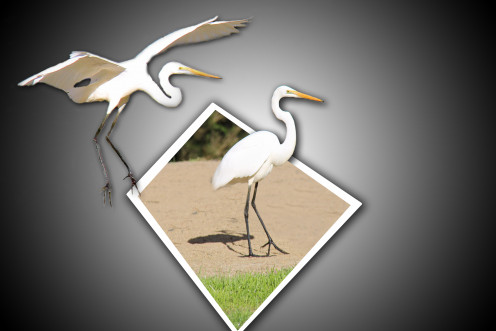
The Elegant Egret
Ardea Modesta
Eastern Great Egrets, also known as Great White Egrets or White Cranes, are, as the name implies, a large species of water bird and a member of the heron family, found in many parts of Asia and Australia, though not arid areas. They are entirely white in colour and particularly resplendent during the breeding season, when they develop very fine, soft back plumes of pure snow white.Their non-feathered body parts also change with the breeding season, when the beak can turn from yellow to black and the legs from dark grey/black to a mixture of black and reddish brown. In addition, in the early breeding season an Eastern egret's face can develop a blue to green tinge, a feature unique among Australian egrets.
These are quite a substantial bird, with a wide wing span - average body length is around 83–103 cm [40 inches] and they weigh around 700–1200 grams [1.5–2.6 lb]. In flight, the Eastern Egret moves more slowly than similar species, with it's legs trailing behind it and its folded neck forming a distinctive keel-like action.
Eastern Egrets favour a range of wetland habitats, inland and coastal, including flooded grasslands, marshes and swamps, mudflats, tidal streams, coastal lagoons, the edges of rivers and lakes, salt pans and lakes and even sewerage treatment ponds.
Although they roost in large flocks with hundreds of birds [and not in single pairs], they can often be found in solitary mode, especially when feeding. The breeding season in Australia generally lasts from November to April and nests are built from loosely woven sticks, ideally in trees overhanging the water - a female egret will commonly lay two to six pale blue or green eggs and when hatched, young are looked after by both parents.

Threatened Species
Although once considered a sub-species, the Great Eastern Egret has now acquired full species status and are listed as Threatened and Vulnerable under Australian conservation law. The global population of these birds is estimated to be in the region of 60, 000 to 300, 000 but numbers are declining in Eastern Asia, possibly due to contaminants and the diminishment of their wetland habitant.
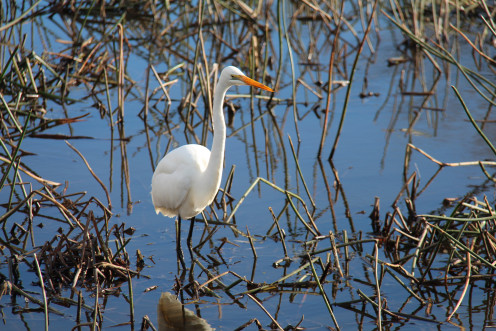

The Egret's Long Neck
An Eastern Great Egret's neck is its most characteristic feature and the very long, beautiful S shape is designed to facilitate foraging for food in the shallow water of marshy swamps and wetlands.
Incredibly, an egret's neck is one and a half times longer than its body and highly flexible, able to transform from extended and straight to lowered and bent. The Eastern Great's, in fact the longest neck of all the egret species.
The egrets long, sharp beak works in conduction with its malleable neck and food is collected by stabbing at prey in the water. Often the birds will stand motionless before spearing a fish and they also been known to capture prey in flight.
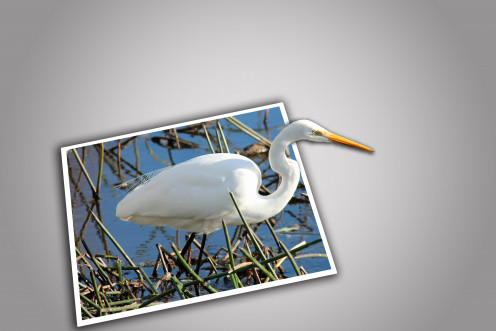
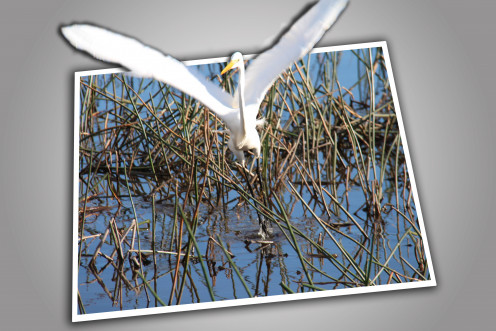
Features of the Eastern Great Egret
Habitat
| Diet
| Personality and Habits
| Breeding
|
|---|---|---|---|
Asia
| verterbrates
| inquisitive
| in colonies
|
Oceania
| rodents, small birds
| young male herons can be aggresive toward each other
| beak changes from yellow to black
|
Migratory
| insects and molluscs
| carniverous
| legs turn to a mixture of red and black half
|
Inhabits water areas, salt water or fresh
| frogs, fish and reptiles
| monogamous [within colonies]
| develops a fine, long back plummage
|
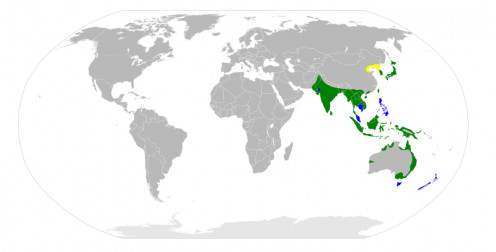
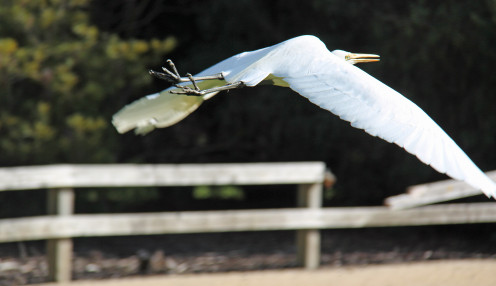
Spot the Legs

Legs made for Wading
When an egret is wading through swamp water. its long, spindly legs are almost indistinguishable from the natural water reeds, allowing it to remain camouflaged beneath the water, thus making it easier to stalk up quietly on prey.
On land the legs looks extremely long and skinny but from an evolutionary perspective, the development of longer legs [accompanied by longer beaks] in water birds makes sense. This would have enabled them to move into deeper water to gather more food - thus, birds with longer legs had a better chance at survival.
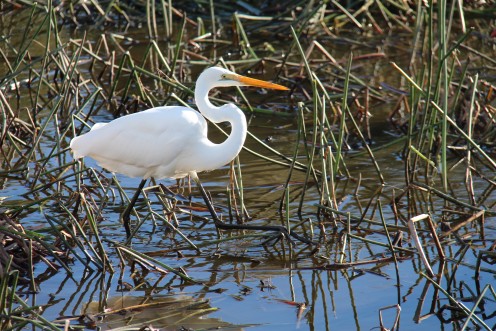
Egret Quiz
view quiz statisticsQuick Facts about the Eastern Great Egret
- No longer considered a sub-species of the Great Egret but a species in its own right
- First described by an Englishman, zoologist John Gray in 1831
- They are fearless in nature -sometimes stealing food from smaller birds and they have also been known to perch on top of crocodiles
- Currently a protected species in Australia under the National Parks and Wildlife Act
- Featured, in flight pose, on the reverse side of a New Zealand two dollar coin
- The plumes were once popularly used to add a spectacular flourish to a ladies hat
- Breeds across Australia but only rarely in the Southeast or arid inland areas

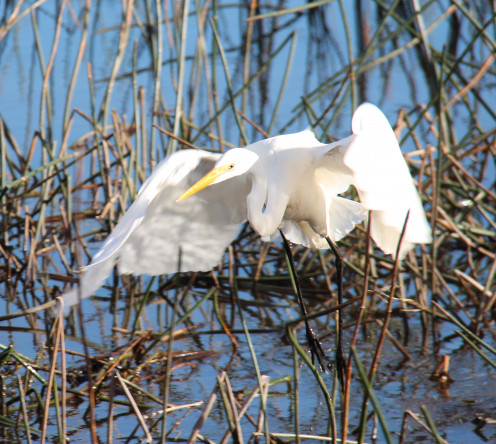
An Egret in Motion
A Charmer
One very noticeable feature of the Eastern Great Egret is its inquisitive nature, together with a seeming fearlessness of humans, making it very appealing to nature lovers. These birds are great characters, highly watchable both on land and in the air.
Sound Effects
According to the Heron Conservation website, the various sounds of a Great Eastern Egret are as follows:
“Cuk” call is the disturbance call given at the nest, rendered “cuk, cuk, cuk, cuk,” or “glok, glok, glok, glok.” The “Arrrr” call is the disturbance call uttered when taking flight, rendered “ar, ar, ar, ar, aaar.” It is probably equivalent to the “Kraak” call attributed to the Great Egret. The “Gorork” call, the Greeting Ceremony call, is a “gorork, gorork, gorork” followed by rapid, repeated croaking “Grock.” This call seems very different from the “Rrrooo” call of the Great Egret. Young beg with a “Kek” call, rendered “kek, kek, kek, kek.”~ Heron Conservation Group
The video above right captures something of the egrets expressive personality, as well as its charm and you can also hear a little of the bird's particular song.

Sources
- Heron Conservation: East Great Eg
biology of Eastern Great Egret, Ardea modesta - Ardea modesta — Eastern Great Egret
The Australian Government Department of the Sustainability, Environment, Water, Population and Communities develops and impliments national policy, programs and legislation to protect and conserve Australia's environment and heritage. - Great Egret (Ardea alba)
Great Egret : The Great Egret is a large white water bird with yellow bill. The neck is about one and a half times as long as the body. It has dark grey or black...

